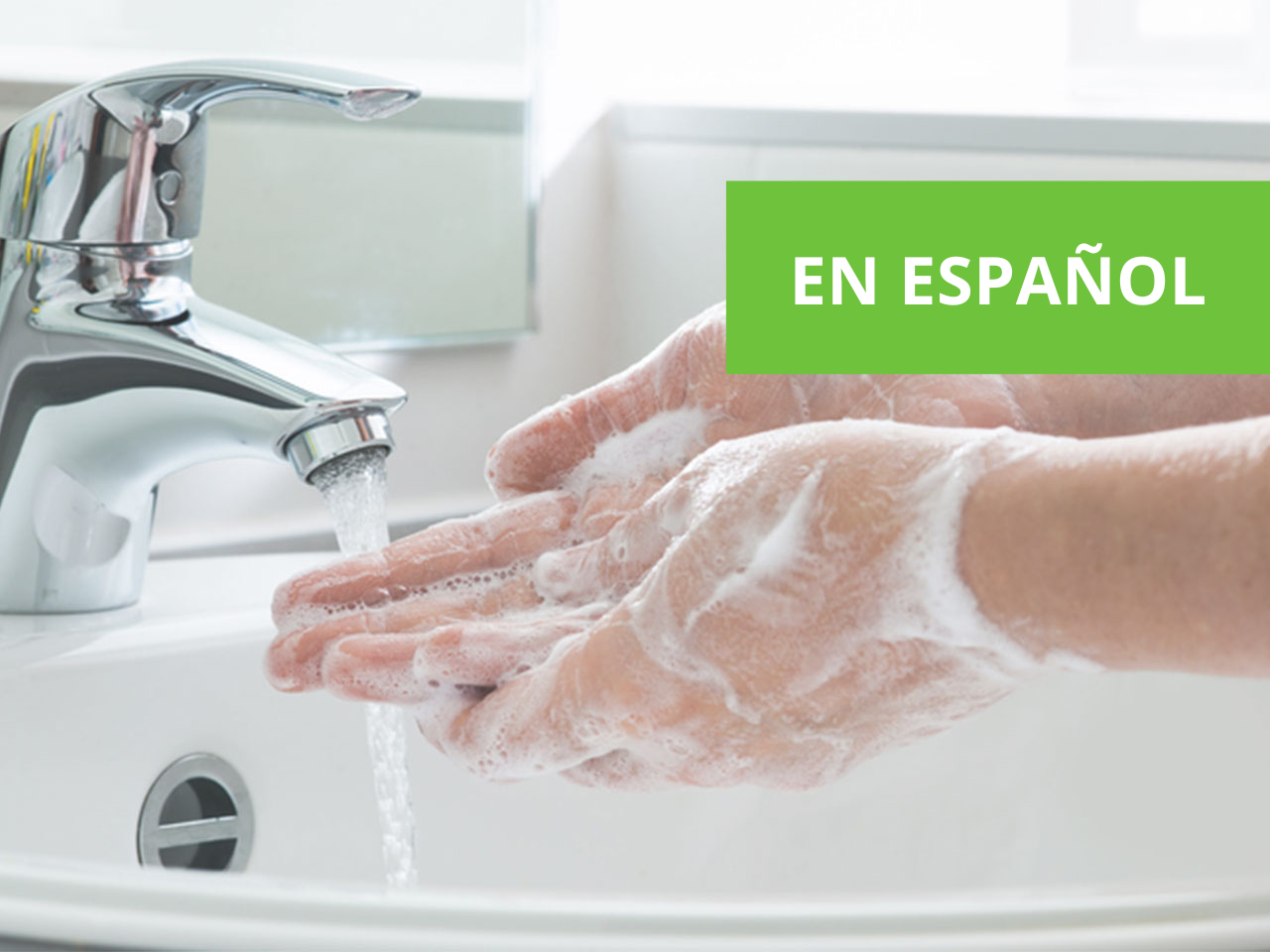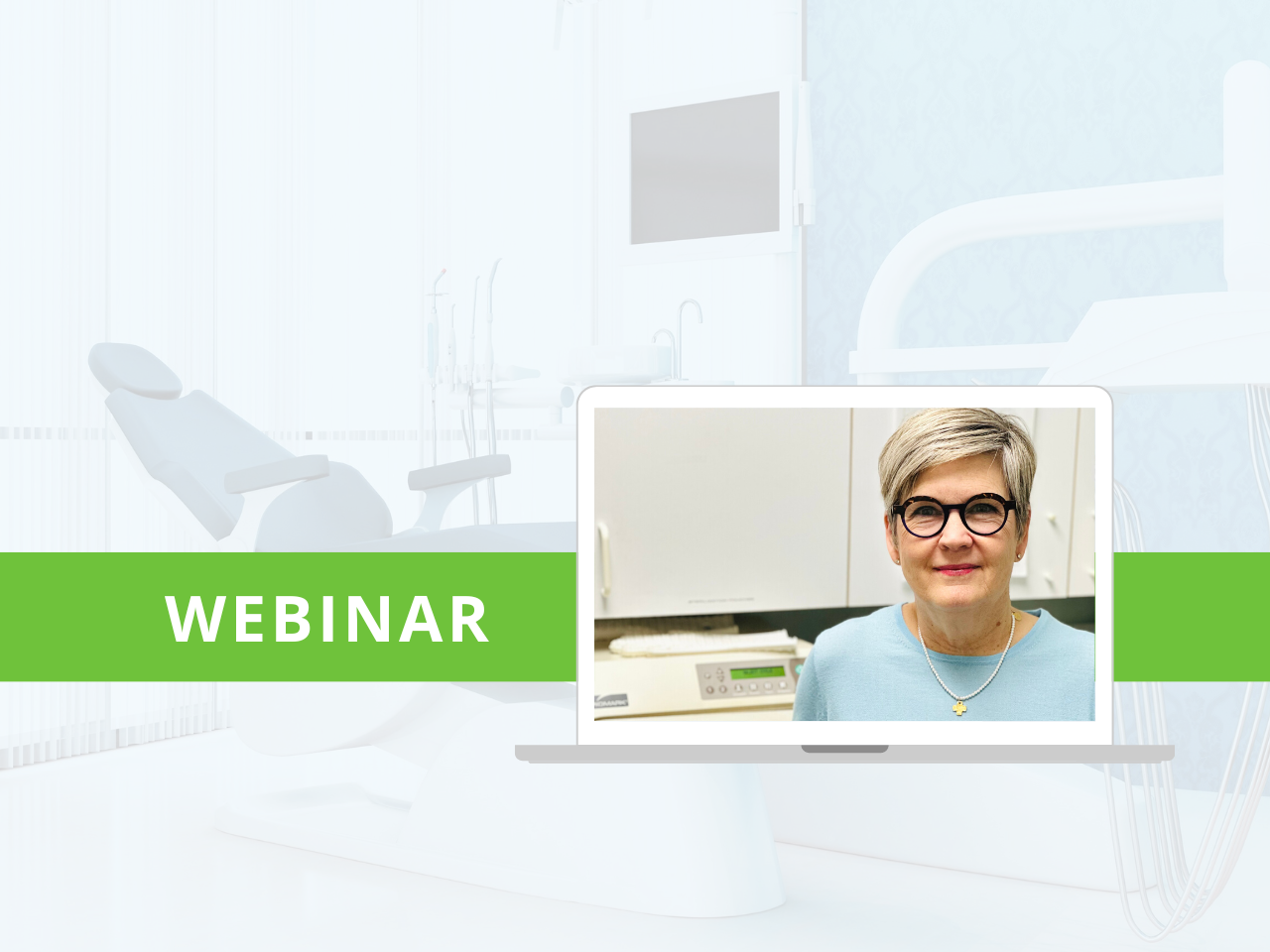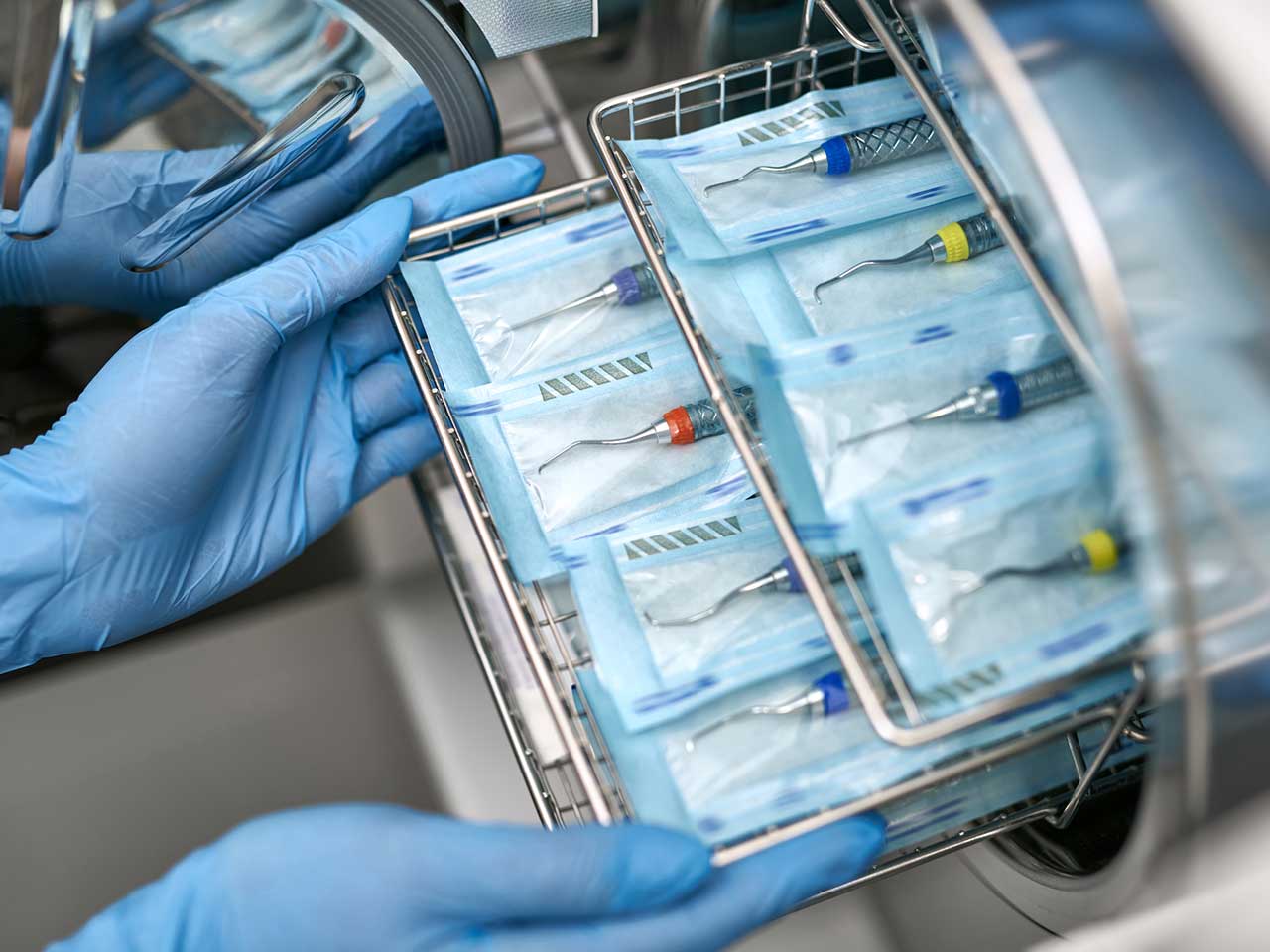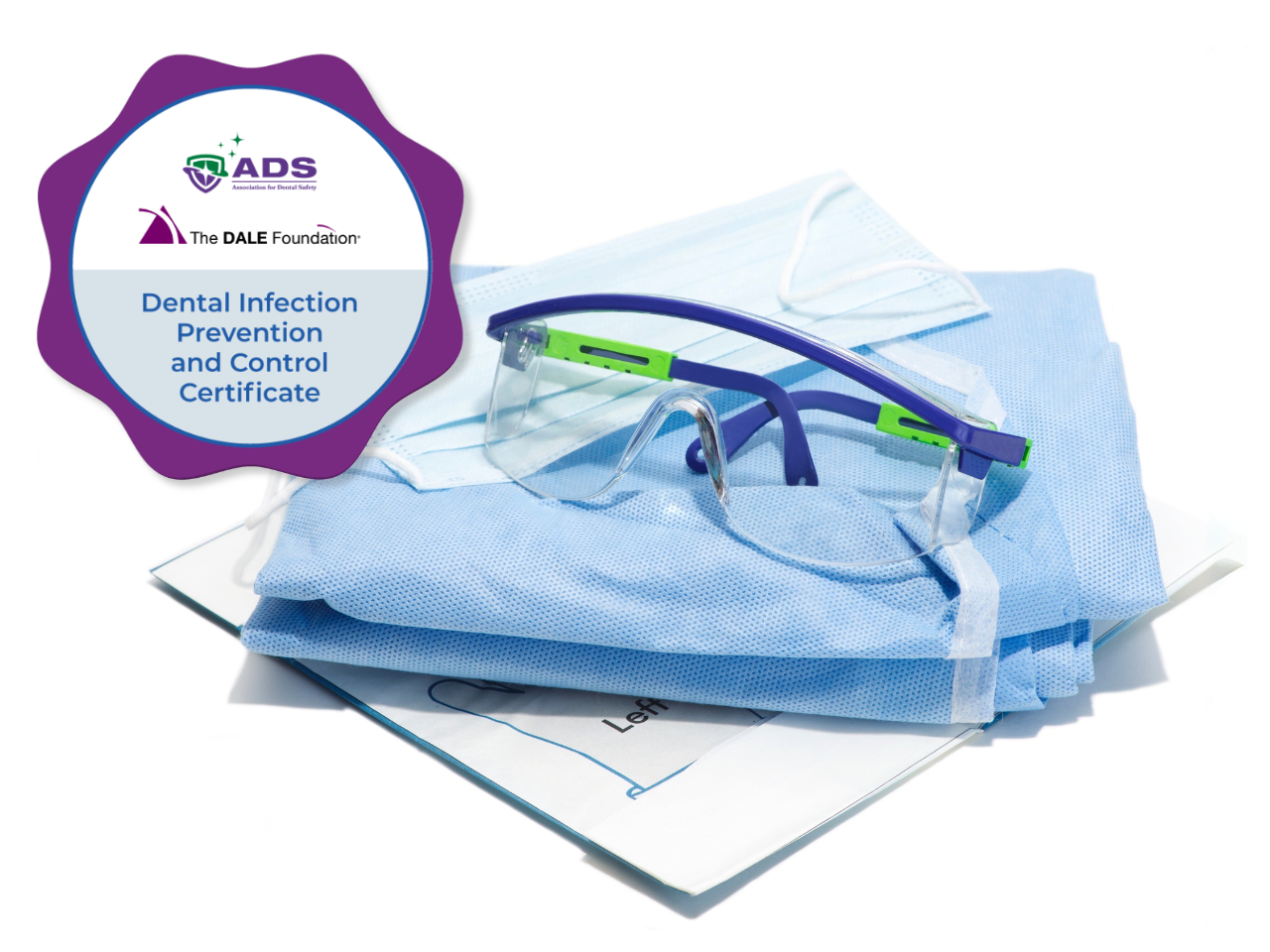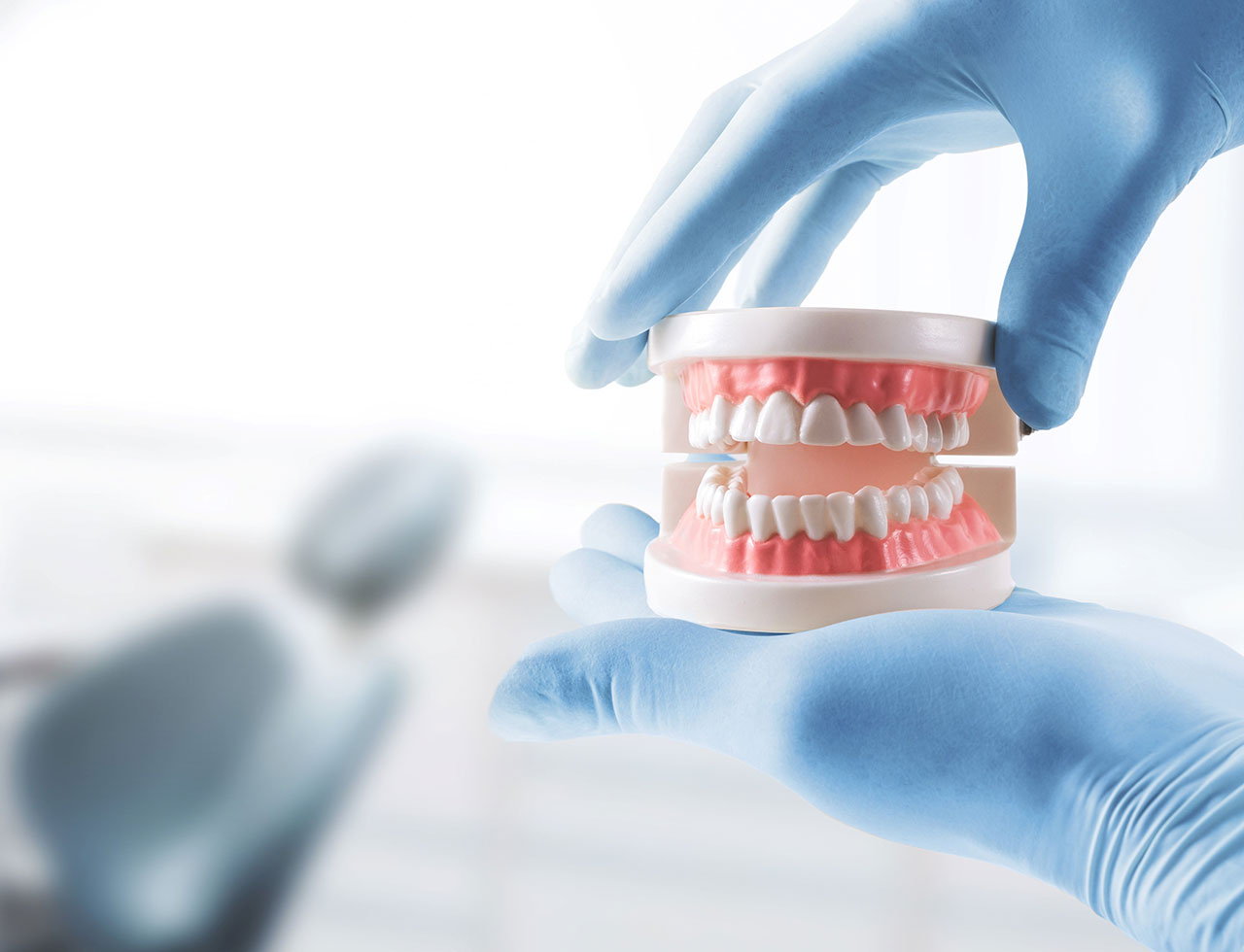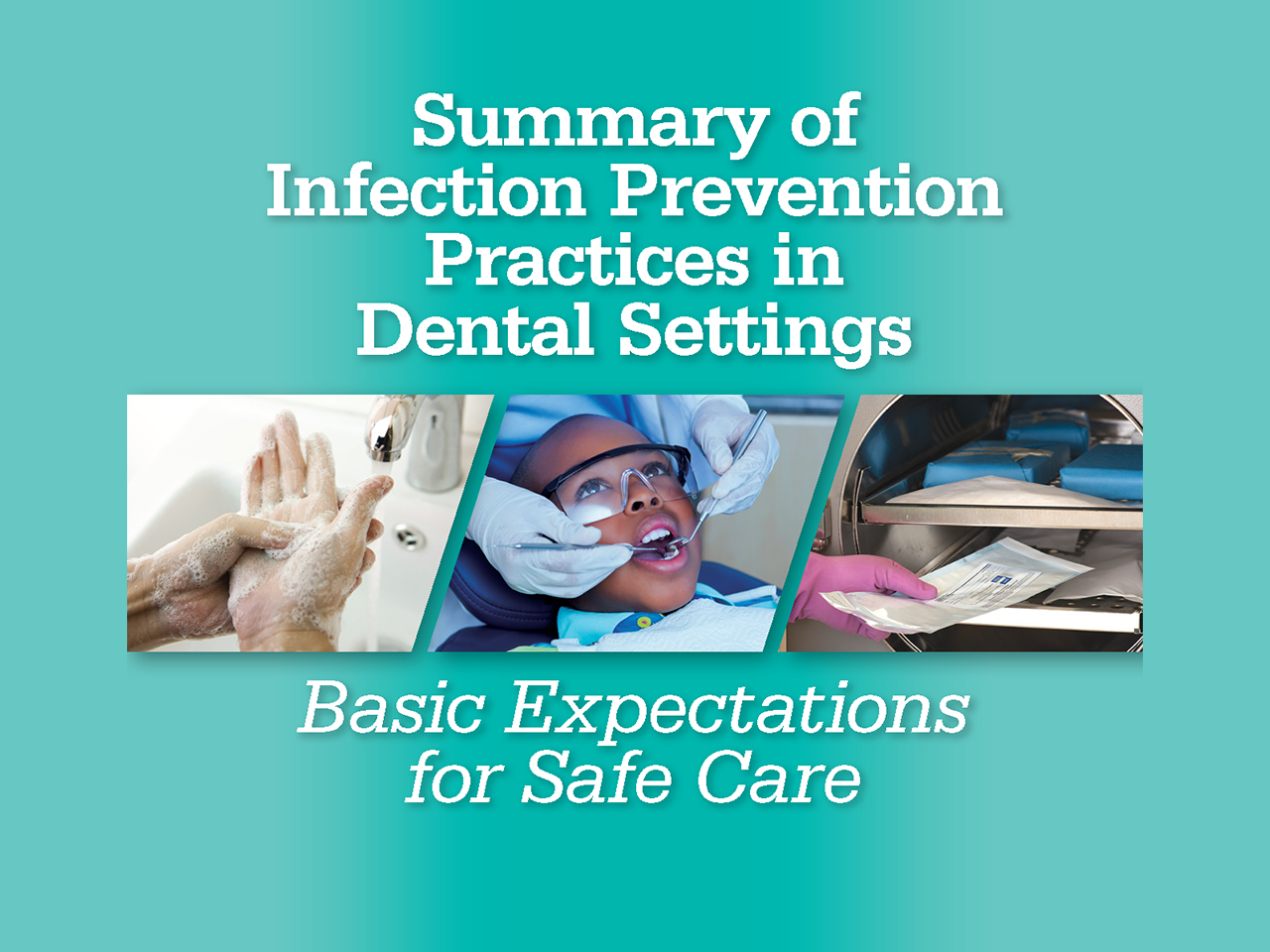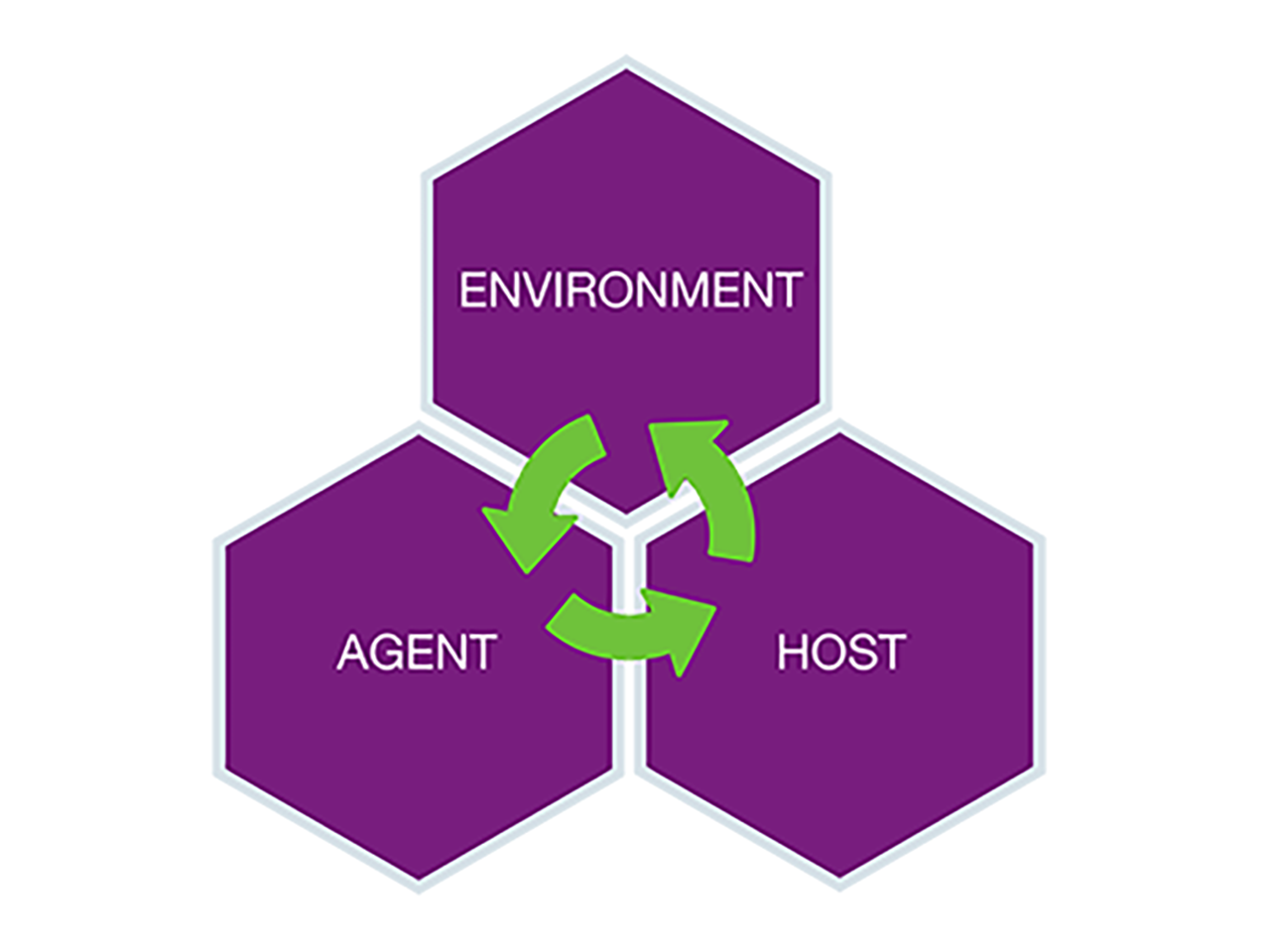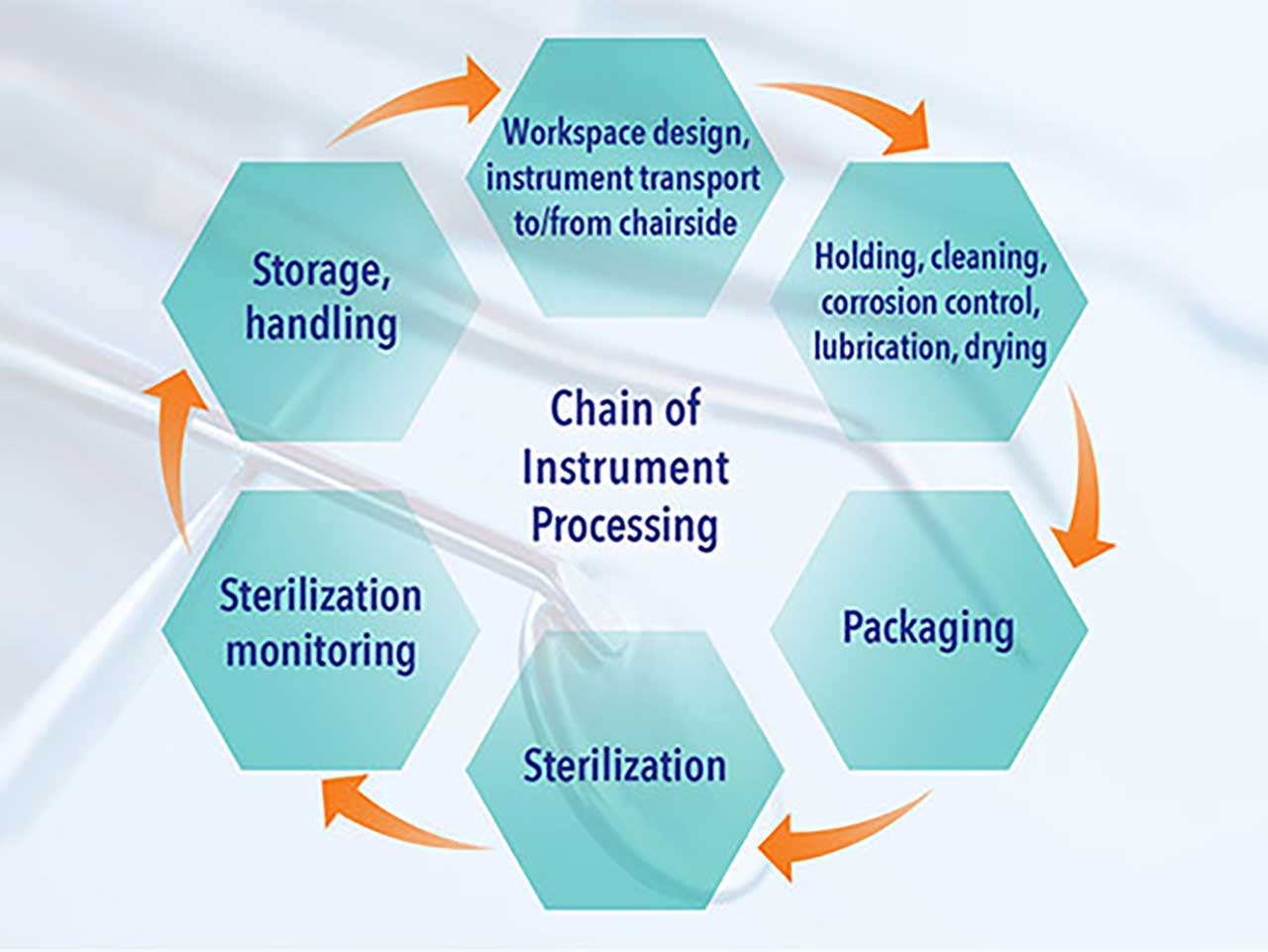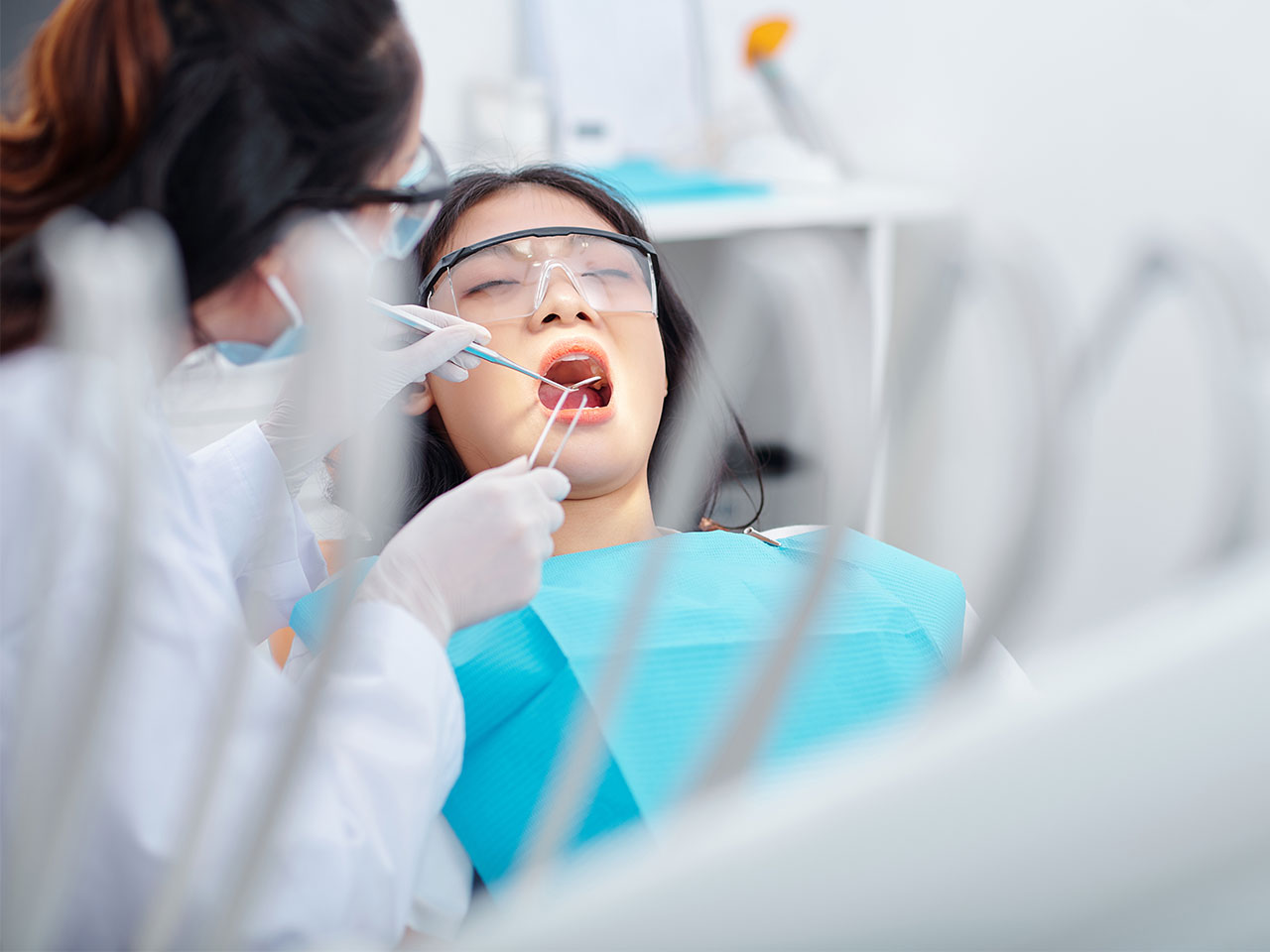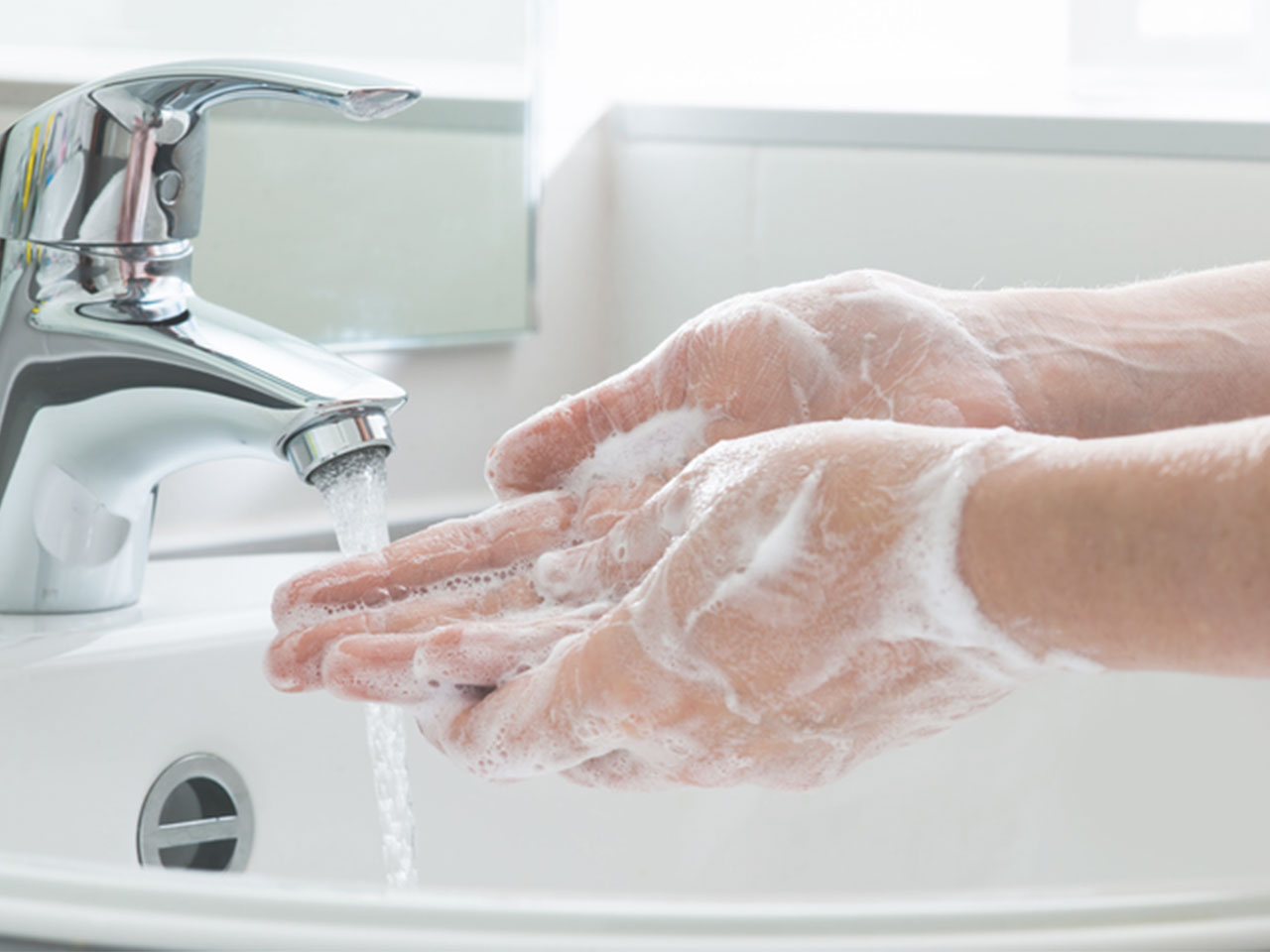 BUYING FOR OTHERS?
Click here to buy for others.
BUYING FOR OTHERS?
Click here to buy for others.Understanding Dental Unit Waterlines
Dental unit waterlines (DUWLs) are in the news and on inspection checklists, but how can you keep your patients and dental team members safe? Learn the what, why, and how of dental unit waterline compliance.
Course Overview
Dental unit waterlines (DUWLs) are in the news and on inspection checklists, but the process of testing and treating DUWLs is often misunderstood or even forgotten about. Research has shown that many of the aerosols we produce in our operatories are contaminated with the biofilm growing in our DUWLs. And just like the biofilm in the mouth, biofilm in DUWLs can be hard to remove.
How can you keep your patients and dental team members safe? Learn the what, why, and how of dental unit waterline compliance — brought to life through a workplace scenario that illustrates how a dentist and team swiftly address a patient’s urgent concerns. From testing to daily maintenance, this course will show you how to “Crash the Biofilm Party” with clear, practical steps you can use right away.
The article-based workplace scenario is followed by a webinar, allowing you to learn about DUWLs at your own pace and on your own schedule during your six-month access period. This course was developed through a collaborative partnership between the Association for Dental Safety (ADS) and the DALE Foundation.
Course Credentials
Course Compatibility
Desktop, laptop, tablet, and smartphone
AGD Code
148
At the end of this course, you will be able to:
Understand the risks associated with exposure to unsafe dental unit water
Recognize dental water standards for surgical and non-surgical procedures
Implement the steps needed to treat, maintain, shock, and test dental unit waterlines
Identify tools and resources to support a comprehensive dental unit water quality program
Subject Matter Experts
Amanda Hill, CDIPC, RDH, B.S.D.H., is an enthusiastic speaker, innovative consultant, award-winning author, and sought-after thought leader contributing invaluable and inspiring insights into the current trends in dentistry. She brings over 25 years of experience in clinical dental hygiene and five years of educating the dental industry. Ms. Hill is a recipient of OSAP’s Emerging Infection Control Leader award, a member of the Cellerant executive consulting team, and an active participant with the advisory board for RDH magazine, Dentistry IQ, and OSAP’s Infection Control In Practice Editorial Review Board and membership committee. She strives to make topics in dentistry accurate, accessible, and fun. Ms. Hill has disclosed financial interest as a consultant from the following organizations: ProEdge Dental Water Labs, DentalPost, Perio Protect, and Young Innovations.
The material featured in this course was developed in support of the ADS-DANB-DALE Foundation Collaboration or originally published in Infection Control In Practice Team Huddle™, a resource for clinicians from the Association for Dental Safety (ADS, formerly known as OSAP) to help build a framework for the Safest Dental Visit™. ADS has no relevant financial relationships to disclose.

The DALE Foundation is an ADA CERP Recognized Provider. ADA CERP is a service of the American Dental Association to assist dental professionals in identifying quality providers of continuing dental education, ADA CERP does not approve or endorse individual courses or instructors, nor does it imply acceptance of credit hours by boards of dentistry. Concerns or complaints about a CE provider may be directed to the provider or to ADA CERP at ada.org/cerp.


